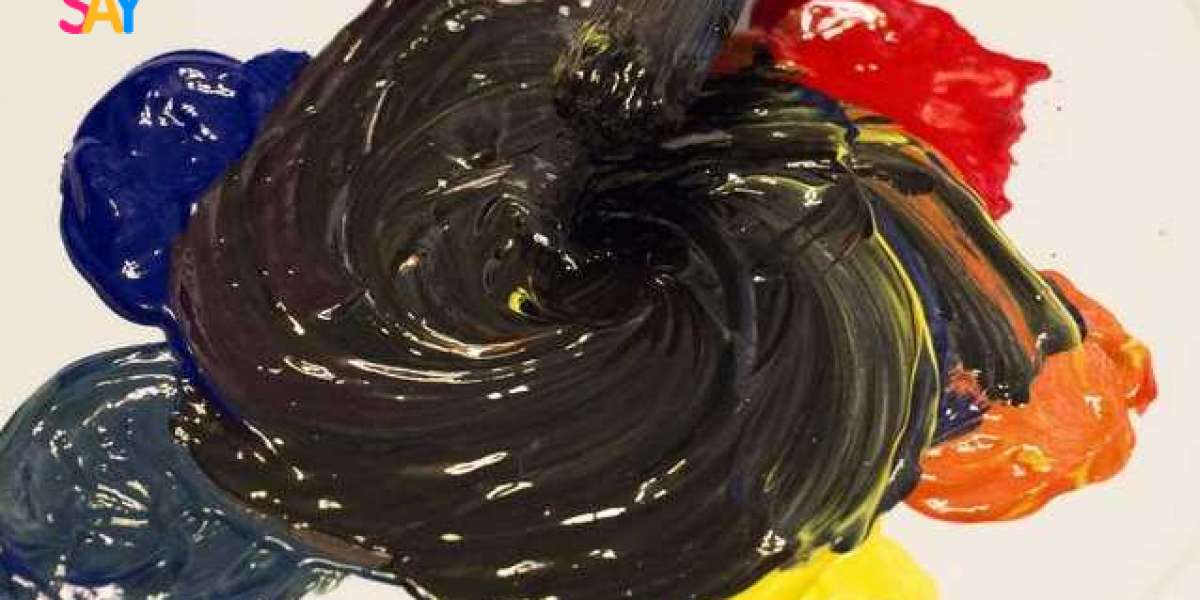When it comes to creating the color black, many people wonder which colors can be combined to achieve this deep and versatile hue. Understanding how to mix colors to produce black can be a useful skill in various fields, from art and design to home decoration. In this blog post, we'll explore the concept of color mixing and reveal which colors can be combined to create black.
The Basics of Color Theory
Before diving into the specifics of mixing colors to make black, it's essential to grasp the basics of color theory. In color theory, there are two primary color models: the additive color model and the subtractive color model.
Additive Color Model: This model is based on light and is used in digital screens and lighting. In the additive model, combining the three primary colors of light—red, green, and blue (RGB)—can create various colors, including white. However, black is not produced in this model; it results from the absence of light.
Mixing Colors to Achieve Black
In the subtractive color model, achieving a true black can be tricky, as mixing pigments often yields a color that's less than perfectly black. Here are some common color combinations used to approximate black:
Primary Colors Combination: Mixing equal parts of cyan, magenta, and yellow can produce a dark, near-black color. This method is often used in printing but may not yield a true black.
Complementary Colors: Another approach is to mix complementary colors, which are colors located opposite each other on the color wheel. For example, combining red and green or blue and orange can create a dark, nearly black hue.
Dark Shades of Colors: Using dark shades of colors like navy blue, deep brown, or dark green can also help in achieving a black appearance. These colors, when combined in specific ratios, can simulate black.
Practical Applications
Understanding how to mix colors to make black has practical applications in various fields:
Art and Design: Artists and designers can use these techniques to create rich, deep blacks in their work. It’s important to experiment with different ratios to achieve the desired result.
Printing: In printing, achieving true black is crucial for high-quality results. Printers often use a specific black ink called “Key” or “K” in the CMYK color model to ensure the depth of black.
Interior Decorating: In home decor, mixing paints to achieve black can be useful for creating dramatic, sophisticated spaces.
Conclusion
What colors make black a true black can be challenging. Understanding the principles of color theory and experimenting with various combinations can help you achieve a deep, rich black. Whether you're an artist, designer, or decorator, these techniques can enhance your creative projects and ensure you get the perfect black every time.




